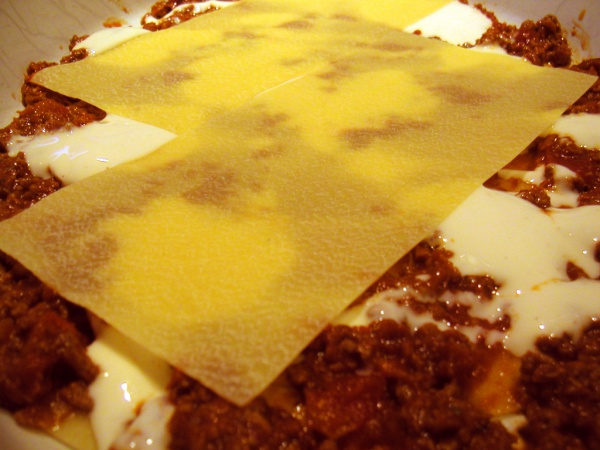Facts About Lasagne
Lasagne is a type of wide, flat pasta that has been around for centuries and is considered one of the oldest forms of pasta. However, it’s not just the pasta itself that’s famous; the term "lasagne" also refers to a delectable Italian dish made by layering these pasta sheets with a variety of fillings such as ragù (meat sauce), vegetables, and cheeses like ricotta and Parmesan. These layers are seasoned with various spices and then baked in the oven. To finish it off, it's often topped with a layer of melted mozzarella cheese before being sliced into individual portions.
The history of lasagne dates back to the Middle Ages in Italy, with Naples often credited as the birthplace of this beloved dish. The earliest known recipe for lasagne can be found in a 14th-century cookbook titled "Liber de Coquina." Over the centuries, different regions in Italy have put their own spin on lasagne, utilizing local ingredients and flavors to create unique variations.
The word "lasagne" has several possible origins. Some suggest it derives from Greek words related to flat pasta dough and cooking pots, while others connect it to ancient Roman and even English dishes that resemble what we now know as lasagne. In Italy, "lasagne" refers to the dish in its entirety, while in American English, "lasagna" is often used instead.

 San Marino
San Marino